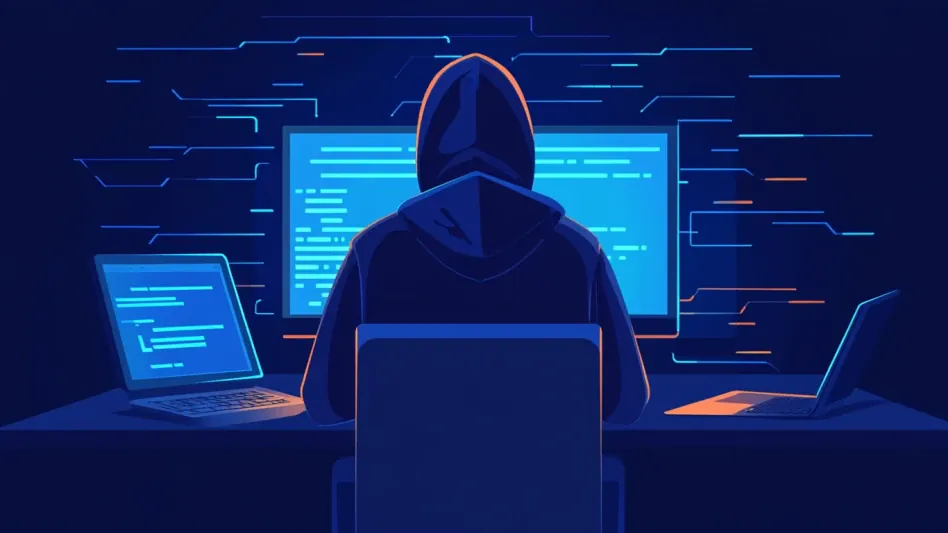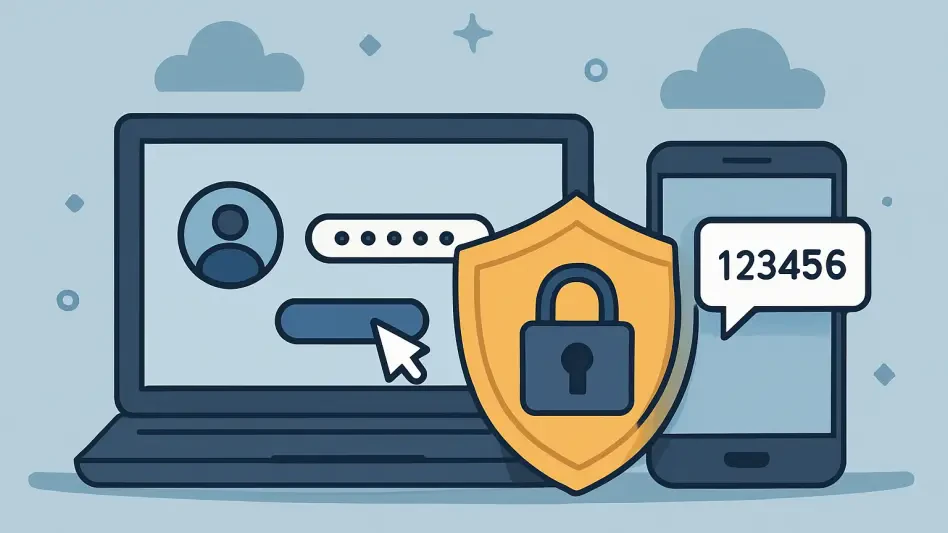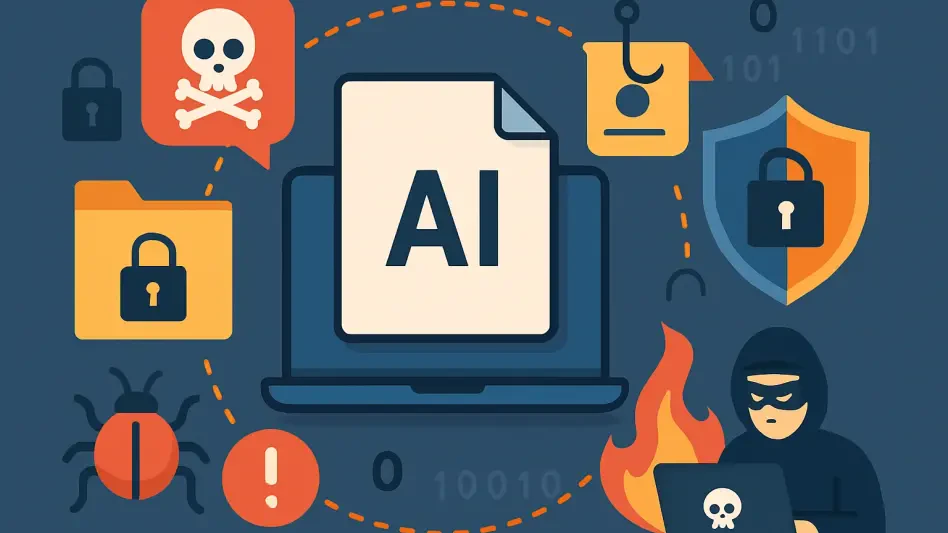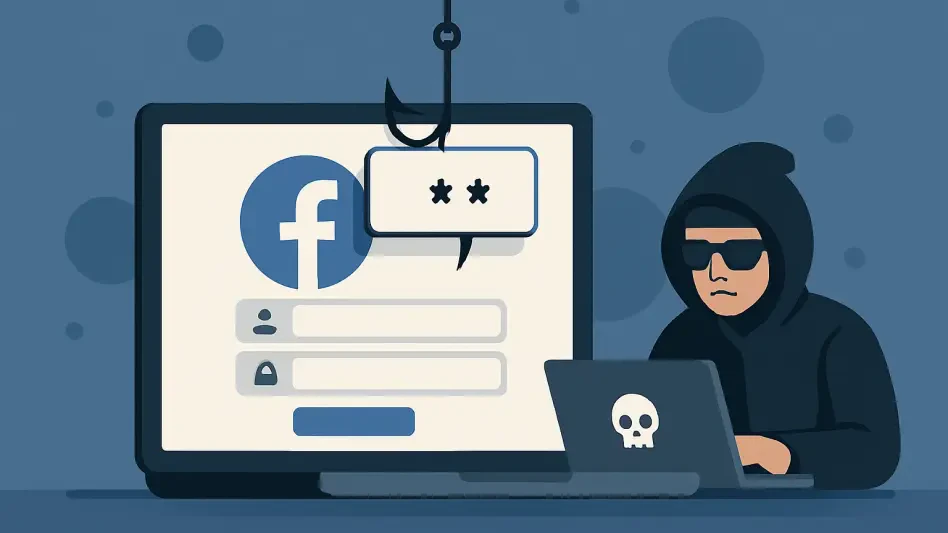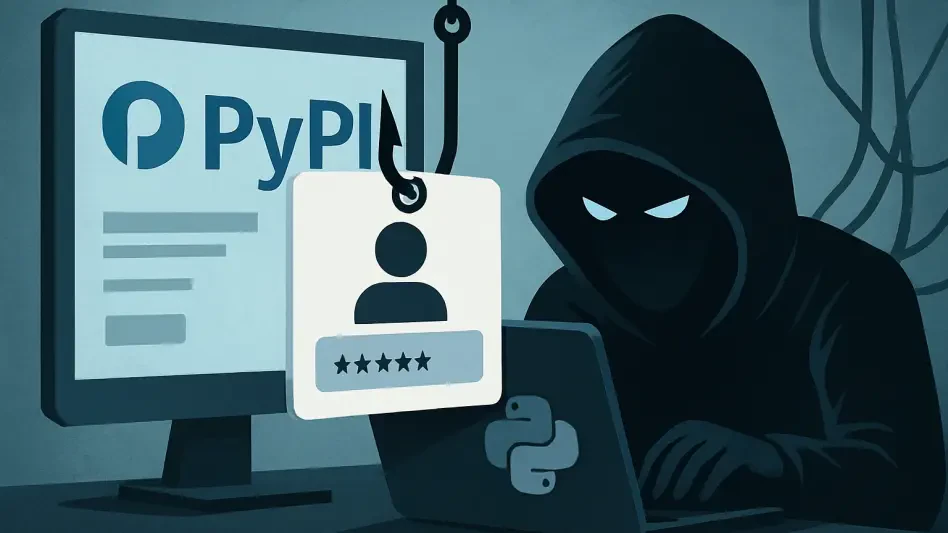With digital connectivity becoming an essential part of daily life, the rise of cyber threats has been alarming. One such threat, the Infostealer malware, has emerged as a significant hazard, leading to the pilfering of over $2 billion in credentials. This malware’s success lies in its stealthy method of operation, primarily preying on users’ desire for free software and tools. Cybercriminals create deceptive websites targeting specific user behaviors, such as searching for free or cracked software, game cheats, and activation tools. The lure of free solutions often traps unsuspecting users, exposing them to malware and data theft.
The Mechanism of Infostealer Malware
Manipulation Techniques
Infostealer malware utilizes a range of methods to ensnare its victims, making it a formidable threat in the cybersecurity landscape. Cybercriminals employ techniques such as search engine ads and SEO manipulation to ensure their malicious sites appear among the top results for targeted search terms. Social media forums also become breeding grounds for these threats, with attackers distributing malware links under the guise of helpful advice or recommendations. Moreover, typosquatting, where attackers create deceptive domain names resembling legitimate ones, adds another layer of trickery.
Once a user lands on a compromised website, the malware works silently, harvesting sensitive information such as login credentials, financial data, and personal identifiers. This stolen data can then be used for identity theft, financial fraud, or sold on the dark web. The silent nature of Infostealer allows it to remain undetected for extended periods, increasing the potential damage to the victim’s digital life.
Real-World Consequences
The real-world impact of falling victim to Infostealer malware can be devastating. Beyond the immediate financial loss and identity compromise, individuals can find their digital identities misused for various illegal activities. These activities can range from additional malware attacks on the victim’s contacts to the creation of fraudulent bank accounts. The malware’s ability to gain unrestricted access to critical data amplifies the potential for widespread damage.
For businesses, the stakes are even higher. A single instance of compromised corporate credentials can lead to significant breaches, business disruptions, and hefty financial losses. Moreover, the reputational harm experienced by a business that falls victim to such an attack can be long-lasting, eroding customer trust and loyalty. Thus, both individuals and enterprises must understand the severe implications of this malware and the importance of taking preventive measures.
Strategies for Mitigation and Defense
Safe Download Practices
To mitigate the risks associated with Infostealer malware, adopting safe downloading practices is crucial. Users should avoid downloading software from unknown or suspicious sources, despite the tempting offer of free versions of expensive software. Legitimate software should always be procured from reputable and authorized vendors. While it may seem cost-effective to choose free and cracked versions, the hidden costs of potential malware infections and data breaches far outweigh any savings.
Using reliable antivirus and anti-malware programs is another essential defense mechanism. These programs should not only be installed but also kept up to date to ensure they can recognize and neutralize the latest threats. Regular system scans can help detect and remove any infections before they cause significant harm. Additionally, enabling firewall protections can prevent unauthorized access to a user’s system.
Proactive Security Measures
In an era of sophisticated cyber threats, reliance solely on basic protection is insufficient. It is vital to adopt proactive security measures that provide additional layers of defense. Using ad blockers can prevent malicious ads from redirecting users to harmful sites. Verifying URLs before entering sensitive information can mitigate the risk of falling into typosquatting traps. Simple actions such as scrutinizing the spelling of web addresses and looking for secure connections (‘https’) can make a significant difference.
Furthermore, multi-factor authentication (MFA) adds a critical layer of security by requiring at least two forms of verification before granting access. Even if a password is compromised, MFA can still prevent unauthorized access. Keeping informed about the latest cybersecurity threats and tactics used by attackers is also crucial. Awareness and education can empower users to recognize and avoid potential risks, significantly reducing the likelihood of falling victim to social engineering and phishing attacks.
Maintaining Cyber Hygiene
Regularly Updating Credentials
Ensuring robust cyber hygiene practices can thwart many of the threats posed by Infostealer malware. This includes regularly updating passwords and employing a password manager to create and store complex, unique passwords for various accounts. Password updates should be prompt, especially after any suspected breach, and old credentials should be retired immediately. Websites such as Have I Been Pwned can be instrumental in identifying if an email address has been involved in data breaches, prompting necessary password changes.
Using different passwords across multiple sites is another crucial practice, as it prevents a single compromised password from jeopardizing other accounts. Enhancing passwords with a mix of characters, numbers, and symbols can make them tougher to crack. Users should steer clear of easily guessable passwords and update them periodically to maintain security.
Vigilance and Awareness
Staying vigilant and aware of current cybersecurity threats is a proactive approach that further fortifies defenses against Infostealer malware. Keeping abreast of the latest news and trends in cybersecurity helps users recognize emerging threats and understand the tactics employed by cybercriminals. Engaging in regular security training and education programs can sharpen one’s ability to identify and respond to potential threats effectively.
Additionally, skepticism towards unsolicited emails, links, and attachments is a valuable habit. Cybercriminals often deploy phishing schemes to lure victims into revealing sensitive information or downloading malicious software. A cautious approach, where unknown sources and suspicious messages are scrutinized and verified, can prevent many malware attacks.
Employing the right security tools and maintaining awareness can significantly diminish the risks associated with Infostealer and similar malware threats. While cyber threats continue to evolve, steadfast vigilance and robust security practices remain the cornerstone of effective defense. Adopting a comprehensive approach to cybersecurity can help both individuals and businesses navigate the digital realm securely.
Empowering Digital Safety
With digital connectivity now an essential part of daily life, the rise in cyber threats has become particularly alarming. Among these threats, Infostealer malware has proven to be a significant danger, responsible for the theft of over $2 billion in credentials. This malware operates with a high level of stealth, making it particularly effective. Its method hinges on exploiting users’ inclination for free software and tools. Cybercriminals set up fraudulent websites designed to target specific user behaviors, such as searching for free or cracked software, game cheats, and activation tools. This bait, offering free solutions, often ensnares unsuspecting users, making them vulnerable to malware infections and data theft. The rise in such cyber threats underscores the importance of vigilance and robust security measures to protect personal information in our highly connected world.

